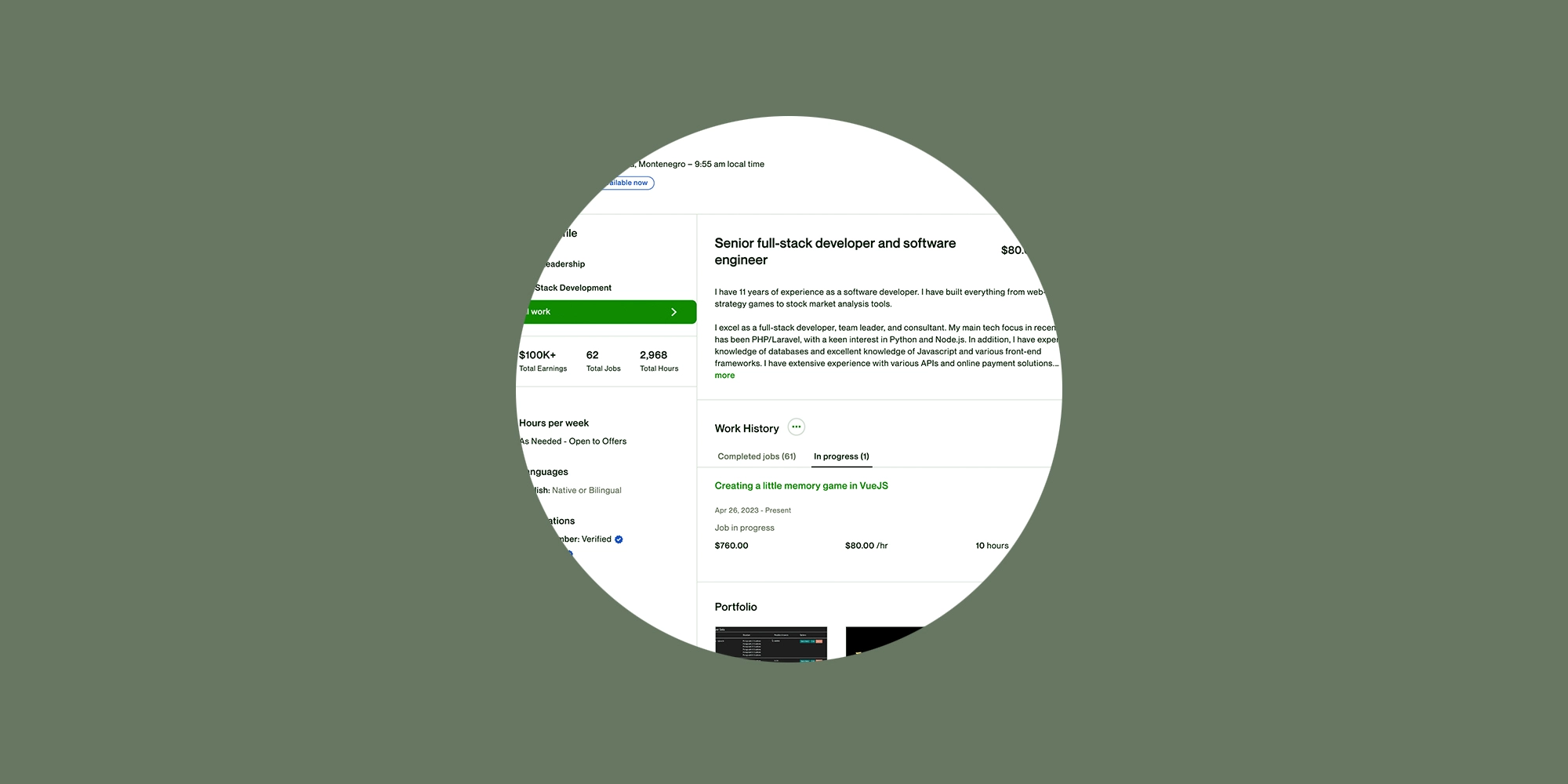
About a year ago, I decided to challenge myself to compress ten years of my professional experience into a 2-hour course.
While I leave it to you to judge how well I’ve succeeded, I’ve learned a lot about the online course business and I can at the very least share that knowledge with my readers.
Since first publishing the course, I’ve had ups and downs in traffic and conversion rates, and I decided to upload it to two additional platforms (with somewhat surprising results).
Here is what I learned and what you should keep in mind when releasing your online content.
First things first
I first published the course on Udemy. I made this choice upon researching the market and finding that Udemy had the biggest audience. This is a simple enough heuristic to follow in content creation — if you don’t have a big audience or organic traffic yourself, go with the largest platform available. Platforms come with their own organic traffic, search recommendations, and other infrastructure that takes a lot of time to build. If you’re after passive income, then infrastructure is crucial.
If you’ve got an audience of your own and are willing to actively promote your course, then other options may be better — as we will soon see.
Things were great…
The Udemy course took off immediately — 5-star reviews came pouring in and it was soon labeled by Udemy as “highest rated”, which helps with two things: being found more often and converting more visitors into students.
There was a lot of organic traffic from Udemy search and discovery, as well as a little bit of ad traffic (although Udemy takes 75% of your revenue for ad-based conversions, so I wouldn’t hold my breath when it comes to making decent money that way).
This went on for about 4 months and the course was pretty much on autopilot, just as God intended it.
…until they weren’t
And then, one month, everything changed. Well, not everything. The course ratings remained excellent. The content stayed the same. And organic traffic? Organic traffic dropped by 70%.
What change Udemy’s algorithm underwent, I will never know — but ever since that moment, organic traffic through Udemy’s search/recommendation engine has remained at that low level. This highlights one of the biggest dangers to content creators: platform risk.
If you rely on one platform to promote your work, then you are at the mercy of that platform’s algorithm. And let me tell you as a software developer: algorithms are fickle creatures, especially ones that use tens or hundreds of parameters. One wayward line of code by one solitary web developer employed by the platform can ruin your entire business plan. One decision by a chief something officer can do the same.
There’s a funny Elon Musk quote on this subject:
It’s OK to have your eggs in one basket as long as you control what happens to that basket.
In this case, you are very far from controlling the basket. So, what can you do?
Diversify or risk oblivion
After I released my course on Udemy, I probably received 20 emails from course platforms I’d never heard of before about uploading the course to their website.
It would be great for my business, they said.
As you might expect, it wasn’t. I talked to a few and it was a waste of time. I tried uploading the course to one that at least had a decent interface, but, 1 year later, I got a total of $30 in sales from there.
So, stick to what works: platforms that have an audience and a strong reputation.
I uploaded the course to two new platforms: Skillshare and Gumroad. Skillshare because they are a well-known name with strong organic traffic, even though their business model leaves something to be desired (more on that later). Gumroad because it gives you by far the most control of your content and pricing (and little organic traffic).
Now I was diversified: I used the Gumroad link when I promoted the course myself because it allowed me to keep over 90% of the money. Udemy and Skillshare were supposed to keep a steady stream of students through their in-built search and promotion algorithms.
So, how do the platforms compare?
Visitors to students
Let’s talk conversion rates. The ratio of people who land on your page to the people who actually buy your product is one of the fundamental parameters of any online business.
On Udemy, the conversion rate was around 10% in the first month. This is fantastic — until you consider that over half of my traffic in that month came from friends and communities that I was a part of. Naturally, they would convert better than the average visitor.
From the second month onward, the conversion rate dropped to about 6% and has stayed there since.
On Gumroad, my conversion rate is around 4%. I attribute the difference to two factors:
- Udemy is a more reputable platform and many visitors have already spent money there.
- The Udemy landing page is much richer in social proof: customer reviews are displayed prominently, and there are more reviews than on Gumroad.
Skillshare doesn’t let you see the analytics of your courses. In general, the worst aspect of Skillshare is how opaque they are with data.
The value of data
On Gumroad, with every purchase, you get the student’s email address and you can do with it what you want (including promoting your Udemy content if you feel like it).
On Udemy, you can’t see your students’ emails, but you can send them a message through Udemy if you want to promote your next course for example. However, you are not allowed to promote non-Udemy content or export the email list.
Skillshare gives you nothing.
This inability to contact your students and make repeat sales is a huge downside of the platform. So much so that I rarely share the link to my Skillshare course. I only keep the course there for organic traffic.
The same applies to financial analytics. On both Udemy and Gumroad, you can see exactly how much each student paid, the platform’s fee, the taxes, discounts, etc. Skillshare just gives you an overall number of students and a monthly payment based on how many minutes they’ve watched. That’s it.
And yet…
Why keep the course on Skillshare at all, then?
Simple: in terms of organic traffic, it has turned out to be better than Udemy. With 0 promotion and effort on my part (I’ve literally done nothing there since uploading the course), it has out-earned Udemy in 5 out of 6 months.
Why? I have no earthly idea, and likely never will.
Conclusion
All course platforms that I’m aware of don’t demand exclusivity on your behalf — you own the course and you are free to upload it wherever you please.
So, diversify. As a rule, I would upload my course to:
- Exactly one platform where I control everything (prices, discounts, student contacts).
- At least two platforms that provide organic traffic.
The former platform will allow you to convert followers into students, build your email list, and grow your business. The latter platforms will provide passive income and extended reach with little effort.
If you would like to see how the same course looks on the three platforms, click below:
Udemy | Skillshare | Gumroad
Don't miss the next blog post!
I publish a new blog post every Wednesday. Join the newsletter to get:
- One valuable email a week.
- Zero spam.
- Exclusive content not found in the blog.
- Reply directly to me with questions or feedback.
Use the form at the bottom of this pageon the right to join the newsletter.


